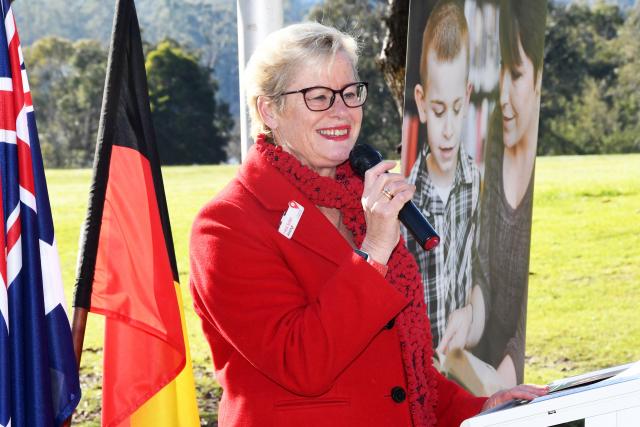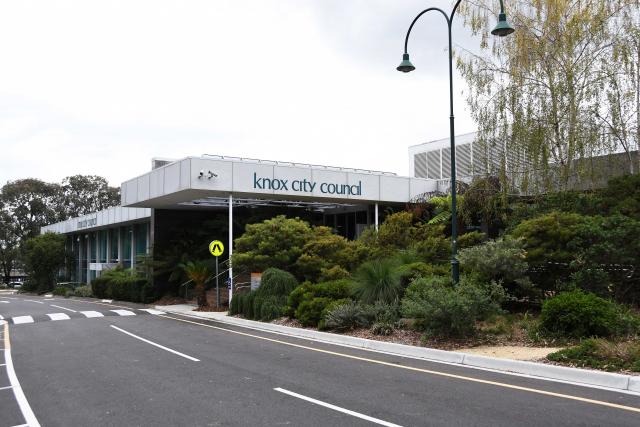The housing crisis is one of the top prioritised sectors in the 2024-2025 Federal budget, handed down on Tuesday 14 May, aiming to ease housing shortages and affordability pressures by boosting existing house projects.
The Federal Government allocated $6.2 billion to increase the supply of social and affordable housing with an extra $1 billion being provided to states and territories to deliver new housing including for connecting essential services such as water, power, sewerage and roads.
Despite the multi-billion dollar announcements, those in the housing and homelessness sector, like Anchor Community Care’s chief executive officer Heidi Tucker, remain sceptical about affordability but welcomed the boost.
Federal Treasurer Jim Chalmers said the $6.2 billion over the medium term in new investments is to achieve the Federal Government’s ambitious target of 1.2 million homes in the five years from July this year.
“The achievable target to build 1.2 million homes in the five years from July will be difficult and it requires everyone [including the local and state governments] to do their bit,” he said.
“Huge new investments in housing from a Commonwealth point of view, that’s us doing our bit. I’m confident the states, territories and local governments are prepared to do their bit as well. And one of the key parts of the investment that we are making is in the priority work stream, a billion dollars this year, which is about funding for headworks and the sorts of small‑scale infrastructure that makes it possible to plan and release more land and to build more homes.
“We’re training more people, we’re investing in social housing, affordable housing.”
$1.9 billion was allocated for a 10 per cent increase in Commonwealth Rent Assistance and additional $1.9 billion in concessional finance for social and affordable homes along with an extra $423 million for the National Agreement on Social Housing and Homelessness.
Despite the large amount of money going towards the housing crisis, Federal Casey MP Aaron Violi is concerned that it is to treat the symptoms, not the causes.
Mr Violi said the cause is lack of houses available for rent which pushed the prices up.
“So, that’s what we need to focus on because history says when you give people a subsidy, particularly when there’s a constrained market and there’s a limited supply, it’ll just increase the price of whether it’s a rental or anything else, by that much,” he said.
“That’s the bit we need to see. No doubt families that are renting and are eligible for the rent assistance will appreciate and will welcome the money, and I do welcome support for them in that sense. There’s no doubt they need it, but the real test will be in the next six to 12 months. Once they’ve received the subsidy, if their rent goes up by the same amount as the subsidy or more, it’s not actually achieving anything.
“Because again, unless there’s more supply in the market, it’s not going to alleviate the problem in the long term or the short term. There are fewer houses in the pipeline.”
Community Housing Limited (CHL) chief executive officer Danny Dracic, a leading not-for-profit housing provider for Australia which has built some social houses in Croydon and Lilydale, shared his thoughts about the Federal Budget.
Mr Dracic has welcomed the 10 per cent increase in the Commonwealth Rent Assistance and an additional $1.9 billion in concessional financing for community housing organisations to deliver projects via the Housing Australia Future Fund announced in the Federal budget.
“They were important measures to address the rising rent pressures and growing housing shortage,” he said.
“However, these are not adequate to meet the anticipated demand of 1 million homes by 2036 and more needs to be done. The community housing sector is already delivering thousands of social and affordable homes and has established itself as a confident and capable partner for the Government to deliver innovative housing solutions in collaboration with the private sector.
“We are well-positioned and ready to ramp up the current momentum in providing more homes ensuring more people can be housed sooner.”
Mr Dracic has also welcomed the $13 million funding to support the building and construction industry sector to gain the Work Health and Safety accreditation required to participate in Government-funded housing projects and said that will encourage construction companies to proactively partner with the community house sector to deliver new social and affordable housing.
Ms Tucker said although the housing sector is pleased with the attention the Federal Government is paying to it, there is still not a grand plan.
“People are in a situation at the moment where rentals are completely unaffordable. In fact, if you’re on a Youth Allowance, you can’t afford anything anywhere in Australia and you can barely, in the capital cities, afford a room to rent. Our concentration is on those people who are very much in that income support space,” she said.
“In terms of this Government, what we are pleased about is that a billion dollars of money that has already been announced as part of the housing fund has been put aside into another bucket from the national housing infrastructure facility, known as NHIF, and it’s been put towards housing for young people, women and children escaping violence.
“Now $700 million of that billion are grants to housing providers so that they can actually afford to provide social housing for those groups. What $700 million will do is that it’s able to provide grants that you don’t have to pay back. And it really means that they can start to build some new housing stock.”
As part of the Youth Foyer movement, which aims at providing accommodation and support for young people motivated to engage in education, Anchor operates Lilydale Youth Foyer.
“We already have a very small Foyer in Lilydale, and we’d like to have a bigger one for more young people,” Ms Tucker said.
“So the Foyer Foundation is looking at that $700 million, thinking that we’ll be able to apply for grants through that and potentially build some more Foyers across Australia.”
Besides that, the Government included $88.8 million in the budget to deliver 20,000 new fee-free TAFE places, including pre-apprenticeship programs, in courses relevant to the construction sector to train more skilled tradespeople.
The Federal Government also announced it would work with the higher education sector to develop regulations that will require universities to increase their supply of student accommodation.








